Amanda Vender’s classroom in Elmhurst, Queens, does not have air conditioning — and for once, that seems like a good thing, given the new understanding that the coronavirus likely lingers and spreads through the air.
But that also means she won’t be able to turn on the fans she uses on hot days, if New York City leaders forge ahead with reopening school buildings in September. Not that she knows where her students would even sit, since they’re expected to stay six feet apart and her classroom has hexagonal tables that fit together like puzzle pieces.
Facing a maze of unknowns about how schools would function in the COVID-19 era, a group of educators within the United Federation of Teachers is pushing back on restarting in-person learning this fall, even floating another sickout and brainstorming ways to get around a state law that prohibits public employees from striking.
The Movement of Rank and File Educators, or MORE — a caucus within the teachers union that describes itself as committed to social justice — is organizing its members to get ready for a potentially escalating fight.
“In a way, we feel the safety of our communities is on our shoulders. And if the union and our mayor are not going to be the ones to keep us safe, then we have to do it,” said Vender, a member of the group.
MORE Committed
MORE members argue that schools will not be safe until there’s more rapid coronavirus testing, until school budgets grow to cover the staff and other supports students will need, and until teachers themselves have a bigger say in reopening plans.
New York City Mayor Bill de Blasio and Chancellor Richard Carranza have pledged to reopen campuses in the fall, offering school leaders staggered schedules to choose from while accommodating a fraction of enrolled students on campus.
In some cases, students will only attend in-person classes one day a week and will learn remotely the rest of the time. (All parents can also opt for full-time remote learning for their children, but, so far, educators are required to have their own medical reason for staying home.)
Reopening plans have sparked opposition among some elected officials, and the teachers and principals unions have stepped up warnings that in-person learning might not happen in September.
The principal’s union recently sent district leaders a pointed list of more than 100 questions to answer before the schoolhouse doors can open.
A spokesperson for the United Federation of Teachers said: “The union is adamant that schools have to be safe for students and staff for buildings to re-open.”
Mayor’s ‘Plan A’
At a press conference on Monday, Mayor Bill de Blasio said “Plan A” is to get as many students into school buildings as possible.
He said that many families want schools to reopen for their children, “to help them learn again, and for their social development, because they know it’s a safe place, and there’s food available, and health support available,” though the mayor also inflated the support from surveys showing families wanting to return to campus.
“So, that is the plan, but we’ll watch every step along the way,” de Blasio said.
The union’s MORE caucus, meanwhile, is laying the groundwork for escalating protests: It is asking teachers to protest at the next meeting of the Panel for Educational Policy, the citywide policy-making body; threatening to picket outside of schools; and encouraging teachers to apply for an exemption to work from home this fall, even if they don’t think they’ll qualify for one.
Driving the flurry of plans is a broken trust with city leaders in the chaos of the spring, after the coronavirus was first detected but before schools shuttered.
Teachers were forced to report to campuses without knowing if any of their colleagues had tested positive for the coronavirus or whether they could have been exposed to it.
Back in March, MORE members called for a sickout that ultimately didn’t happen because Mayor Bill de Blasio ordered schools to close.
‘No Choice’
Peter Allen-Lamphere, a member of the MORE caucus and a high school math teacher in Washington Heights, thinks the threat of a work slowdown hastened the decision by the mayor and Gov. Andrew Cuomo.
“It took threats of strong action to get de Blasio and Cuomo to shut down the schools,” he said. “And so if they don’t seem to be listening to teachers and family voices now, I think people feel like they have no choice but to talk to their colleagues and feel their colleagues out about whether we can collectively take strong action again.”
In New York, legislation commonly known as the Taylor Law prohibits concerted strikes or work slowdowns in certain public sectors. Employees risk two days of pay for every day of action, while the union could lose its ability to automatically deduct dues from members’ paychecks.
With the start of school drawing even closer, Vender said teachers again feel like they’re being asked to put too much on the line.
For example, the city is allowing teachers to apply for an accommodation to work from home in the fall — but living with someone at high risk for COVID-19 complications does not qualify an educator for a remote position.
Vender pointed to first responders and health care workers who were forced to live away from their families to protect them from exposure to the disease.
“We value our lives,” she said. “We do have to start talking about, what are we willing to do? What risks are we willing to take to protect ourselves and our communities?”
The article was published at NYC Teachers Group Threatens Sickout Over School Reopening Plans.


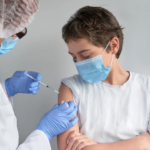
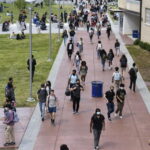
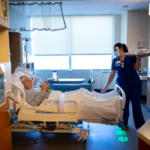
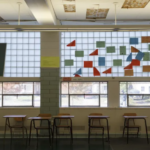
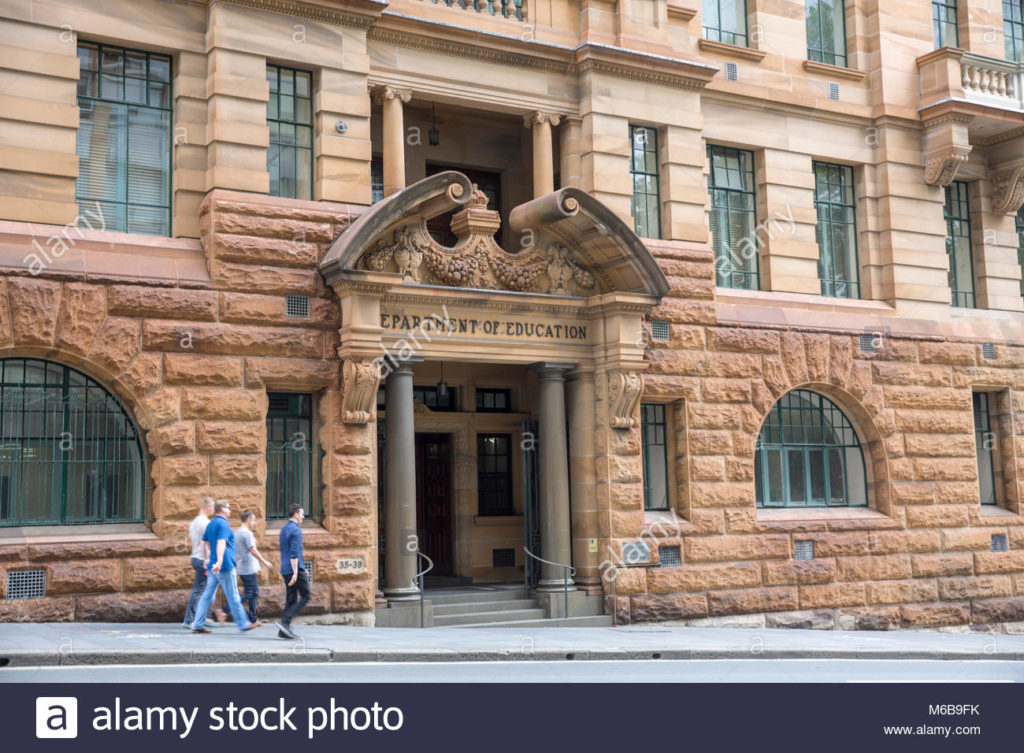
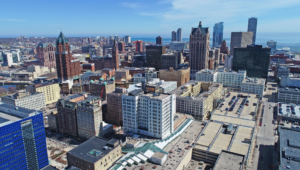

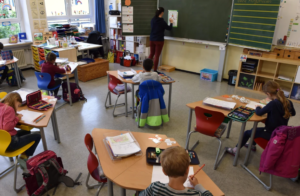
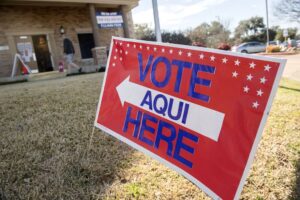
More Stories
More West Virginia schools will participate in opioid abuse prevention program
Pennsylvania is increasingly underfunding special education, report finds
Memphis’ Kingsbury High School community steps up call for changes